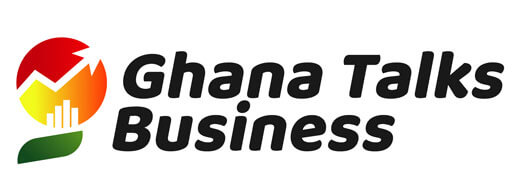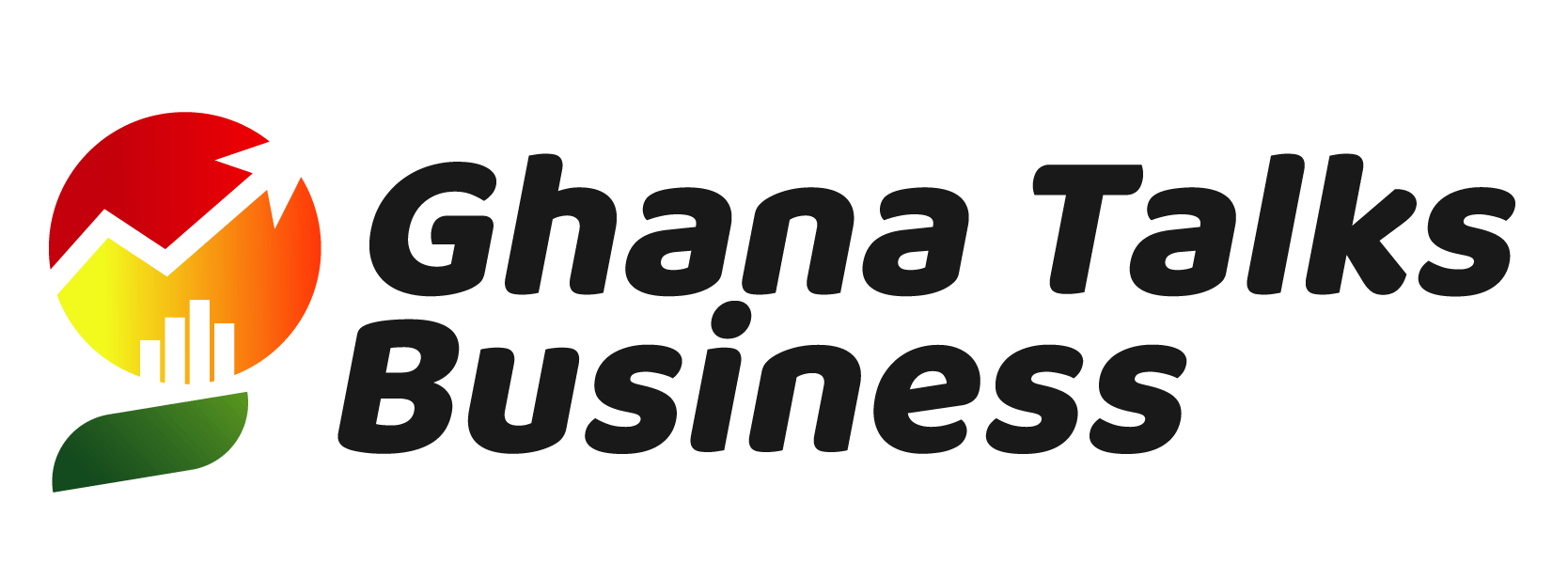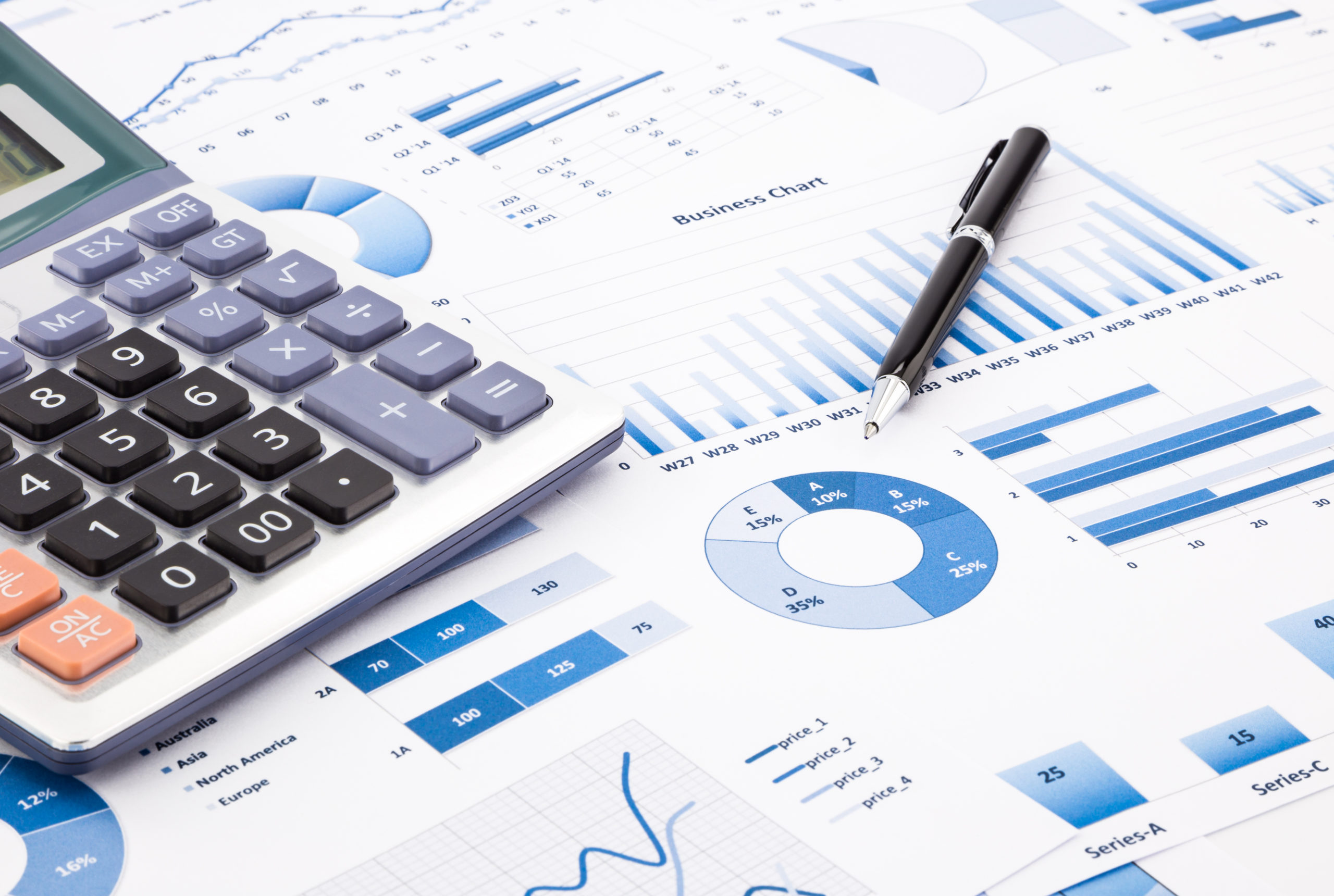At its core, owning and running a successful business is a balancing act between spending money on expenses (such as marketing, and inventory) and taking in revenue. Think of it this way: Your profit margin isn’t just a cushion that prevents your business from failing—it’s also the lifeblood that sustains you and your employees.
As a result, one of the most important skills you can master is budgeting, which, thanks to an explosion of digital technology, has become easier than ever. But technology, on its own (or used improperly), can be useless. However advanced automation is, we haven’t yet reached the point where cheap, readily available supercomputers can make business decisions for us.
That’s why it’s important to understand the basics of budgeting and stay mindful of your cash flow. Here are three tips and two apps that could help you perfect your budgeting.
“While variable expenses will fluctuate (as their name implies), they often do so in very unpredictable ways and at unpredictable times.”
Three Tips for Better Budgets
You owe it to your business to make the process as straightforward, efficient and accurate as possible. Fortunately, with the right techniques and apps, budgeting can be reduced from a stressful, high-stakes endeavor to a logical, simple sequence of steps.
1. Overestimate your expenses and underestimate your revenues.
When it comes to maintaining and even growing revenue, you may want to err on the side of caution. If you overestimate how much money you make, your cash flow will be lower than expected, which means that you might have to cut potentially crucial areas of spending, like marketing, staffing or inventory.
Overestimating your profits (as opposed to overestimating expenses) means that you will have less money to work with, take home and rely on in lean times. Furthermore, if you underestimate your income, you likely won’t have to rely so much on fickle factors like seasonal bumps or consistent referrals. (Remember, hope is not a business strategy.)
2. Update your budget regularly, so you always know the numbers.
Another mistake business owners can make is to treat their budgets as static and unchanging. For instance, it’s easy to see an entrepreneur keeping the same balance sheet month-to-month (or even from one year to the next), rather than updating it as business conditions change.
For example, if you run a restaurant, your fixed costs (like equipment and rent) won’t change that much, but your variable costs (like produce and waitstaff) are constantly changing. For one, it’s possible that your supplier will suddenly go out of business or raise its prices. Or worse, your landlord might suddenly cancel your lease, forcing you to settle on a more distant (and more expensive) location.
Lastly, understand that while variable expenses will fluctuate (as their name implies), they often do so in very unpredictable ways and at unpredictable times. New legislation in areas like minimum wage, health care or tax regulations come and go more frequently than you’d expect, and each change can lead to new considerations, expenses and headaches.
3. Plan for your busy and slow seasons ahead of time.
Fashion houses have showings for their spring, summer, fall and winter clothing lines. So it’s easy for department stores and clothiers to plan out their inventory ahead of time. Alternately, an HVAC contractor may end up selling more inventory during the summer months only, and can also plan accordingly as far as a year in advance.
Businesses with clear busy and slow seasons can still face one major hazard—overextending the business, which usually takes the form of excessive spending or insufficient planning to get through the low months. After all, there are still year-round expenses, such as payroll, equipment maintenance and rent.
That’s why it can be important to balance the revenue from your peak season alongside the revenue you’ll have to survive on during your low season to maintain a functioning business (and income) year-round.
Two Budgeting Apps to Consider
Thanks to the digital startup boom, it can be easier than ever to find the right budgeting tool for your business. However, there are two apps that may be worth checking out: Level Money and Goodbudget.
1. Level Money
Level Money is a free finance app that lets business owners sync bank accounts, business credit cards, invoices and more.
One of Level Money’s features is its ability to analyze spending trends and predict future spending. For instance, if you live in a seasonal climate, Level Money can predict utility bills based on past spending and budget more money to set aside during the coldest (or hottest) months.
Still, Level Money does lack some more advanced functions, like payroll and taxes. Nonetheless, it can be a helpful program—especially for entrepreneurs on a shoestring budget.
2. Goodbudget
A popular idea for personal finance is the envelope system, where individuals (and sometimes, business owners) set aside money for various expenses into different envelopes. According to this neat, tidy system, when buying items like groceries, books or clothes, you would dig into the appropriate, labeled envelope and pay accordingly.
Obviously, the envelope system seems impractical for individual use, to say nothing of businesses. Luckily, Goodbudget is the digital version: Instead of carrying out manila envelopes with cash (which can be both unwieldy and risky), Goodbudget allows entrepreneurs to set aside money in virtual spending categories, which are deducted or replenished as income flows in. This may help make it easier to visualize and track spending categories, cash flow and expenses all at once.
However, Goodbudget requires users to enter transactions manually rather than automating the process. Still, even this can be helpful, as it gives business owners a chance to reflect on their expenses and revenues.
We get it: Budgeting can be intimidating, especially because there are such high stakes involved. After all, anyone can dream up a business idea on the back of a paper napkin. But budgeting is what keeps the dream alive.
Author: Meredith Wood
Head of Content and Editor-in-Chief, Fundera



